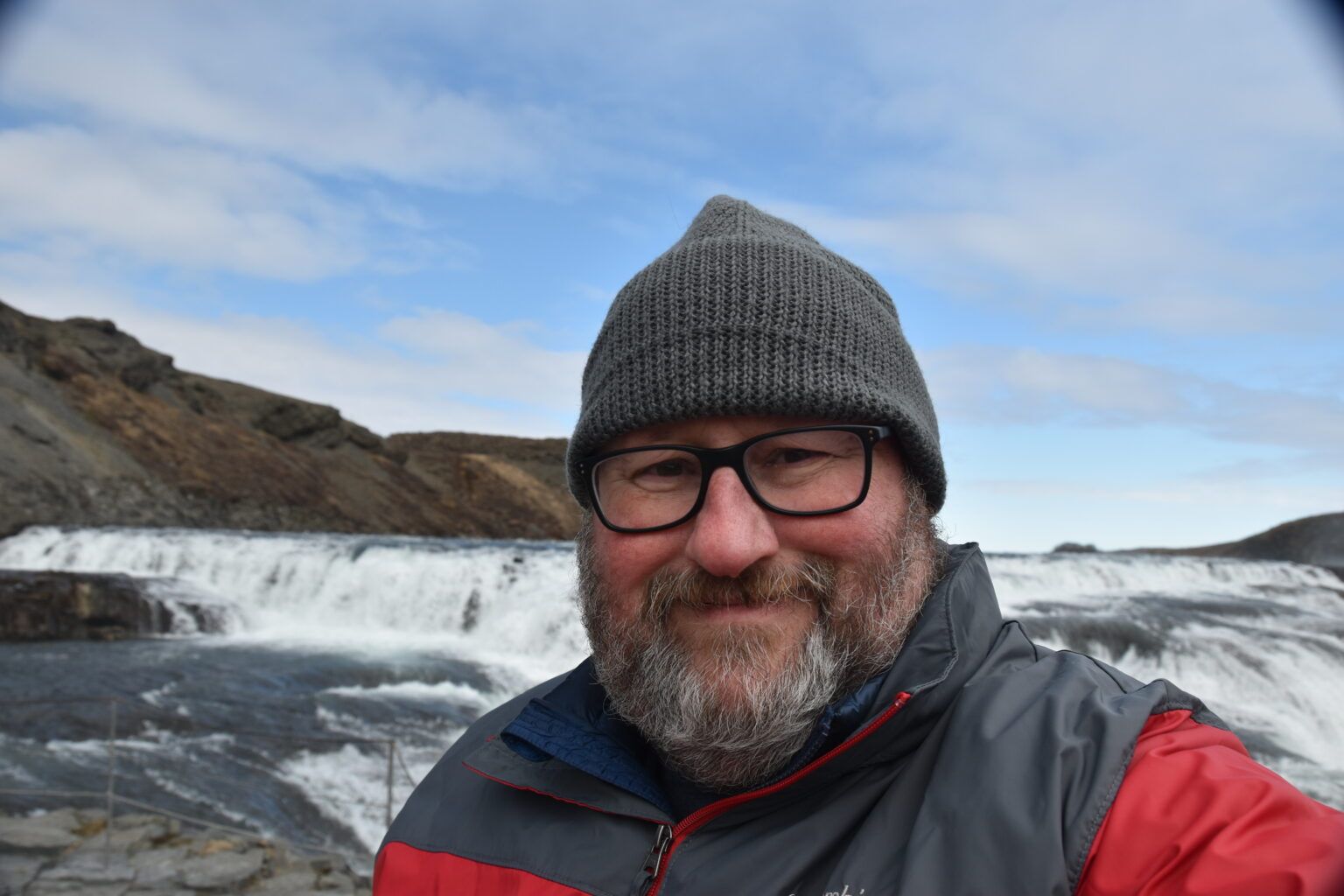

National Center on Elder Abuse


National Center on Elder Abuse
March 21, 2024
The first time I suggested that a key to reducing elder abuse, neglect, and exploitation was to train and support family caregivers, I was booed out of the room. The immediate reply was, “there is no excuse for abuse.” I agree with that, and I also recognize that there are causal risk factors that contribute to abuse and if we mitigate those factors, we can intervene to reduce the incidence of maltreatment.
Every study I have seen over the past 25 years, the reports I have heard or read, and my anecdotal experience all show that the vast majority of acts of abuse, neglect, and exploitation are committed by family members, trusted friends, and caregivers. There are criminals that target older adults, and no amount of education or support will dissuade criminals – there will always be a need for Adult Protective Services and prosecution. But, the majority of acts of abuse are committed by someone known to the victim.[i] Yet elders living with abuse are most often unwilling to report the acts, because of loyalty or dependence on the offender.[ii]
A starting point for prevention is universal education about what constitutes abuse, neglect, and exploitation. Many acts are committed by people who don’t know that what they are doing is wrong. Professionals have many opportunities for training, we need to add to this, community wide education. Many caregivers are either untrained or undertrained in care provision.[iii] Without basic skills, it is easy for an ostensible act of care, to turn into an act of abuse such as yelling at a person with dementia because they have not performed a requested task – one that they are unable to understand or execute, or causing injury to an elder by not knowing how to help them transfer safely. Caregivers need help understanding the line between empowering independence and caregiver neglect, and that caregiving needs change with the health of the person needing assistance. On the exploitation side, few people understand how to act in a fiduciary capacity.[iv] Or even worse they are acting on well-meaning but wrong advice such as, “I would use that Power of Attorney to get those assets out of her/his name before the state takes them, or they get tied up in probate,” I have talked with hundreds of families who have been told this.
We need training across the spectrum on how to respond to behaviors. I will use a couple of examples. My grandmother had frontal lobe dementia. One of her repeated behaviors was to demand to go home to the house by the railroad tracks, with the turkeys in the yard; a house that burned down when she was about 8 years old and was never rebuilt. She spent several years at a skilled nursing facility, and the staff was masterful in behavior management. My grandmother would be headed out the door, and they would ask “where are you going today, Mina?” The staff would explain to her, “there is heavy rain in the forecast, you don’t want to get caught in the rain, do you? Come and have lunch, and we will call someone to drive you.” By the time lunch was finished she couldn’t remember that she was trying to go home. Another example, I was talking with a friend recently who has been arguing with his mother about her care and safety needs. I suggested that rather than telling her what she needs to do, and threatening her with a nursing home if she fails to comply, he ask her, “what do you think can be done to help you not fall again?” “How do you want to avoid ending up back in the emergency room?” A couple of days later he said, “it was like night and day, she asked for the very things I was insisting she needed, but now it is her idea.” Adults like to be asked, not told. Protecting an adult, requires a different skill set than protecting a child, and society needs more training on this.
Just as it “takes a village to raise a child,” it takes a village to prevent abuse. Professionals have opportunities for training on abuse, neglect, and exploitation, but I see a lack of training at the village level on how to be a family member, close friend, or caregiver. We need to engage our education system, faith and community-based organizations, and civic organizations in providing workshops on how to be supportive family members, how to help with money, and how to be better helpers/caregivers.
We need to better support caregivers. Caregivers who are overwhelmed and overburdened may commit acts of abuse and neglect. Some don’t know where to turn for help, or there is no help available, or they feel an obligation to provide care that is beyond their capacity or ability. We know that the majority of caregiving is provided by unpaid family and friends in the community,[v] and yet there is very little help available for respite care, financial support, or emotional support for non-professional caregivers. The value of the care provided is immeasurable, but the support provided it miniscule. Again, there is no excuse for abuse, but supporting family and friends who are providing care, is prevention. And as Benjamin Franklin put it, an ounce of prevention, is worth a pound of cure.
 | DAVID GODFREY, JD, is an author, trainer, and consultant. He retired as Director of the ABA Commission on Law and Aging in Washington DC. Prior to joining the Commission, he was responsible for elder law programming at the Access to Justice Foundation in Kentucky. Mr. Godfrey earned his B.A. with honors at Rollins College in Winter Park, Florida, and his J.D. cum laudefrom the University of Louisville School of Law in Kentucky. He served on the board of the National Academy of Elder Law Attorneys – and was named a Fellow of the Academy in 2019. |
[i] Teaster, P. B., & Roberto, K. A. (2021). Perpetrators of elder abuse. In Handbook of interpersonal violence and abuse across the lifespan: A project of the National Partnership to End Interpersonal Violence Across the Lifespan (NPEIV) (pp. 4561-4580). Cham: Springer International Publishing.
[ii] Teaster, P. B., & Roberto, K. A. (2021). Perpetrators of elder abuse. In Handbook of interpersonal violence and abuse across the lifespan: A project of the National Partnership to End Interpersonal Violence Across the Lifespan (NPEIV) (pp. 4561-4580). Cham: Springer International Publishing.
[iii] Thimsen, K. (2020). Interpersonal violence and the elderly. In Elder Abuse (pp. 85-105). Academic Press.
[iv] Consumer Financial Protection Bureau, Managing someone else’s money, https://www.consumerfinance.gov/consumer-tools/managing-someone-elses-money/. Accessed 5 Mar. 2024
[v] Alliance, Family Caregiver. “Caregiver Statistics: Demographics.” Caregiver Statistics: Demographics – Family Caregiver Alliance, www.caregiver.org/resource/caregiver-statistics-demographics/. Accessed 4 Mar. 2024.
Last Modified: 03/29/2024